Home>Articles>How Do You Release Pressure From An Electric Pressure Cooker
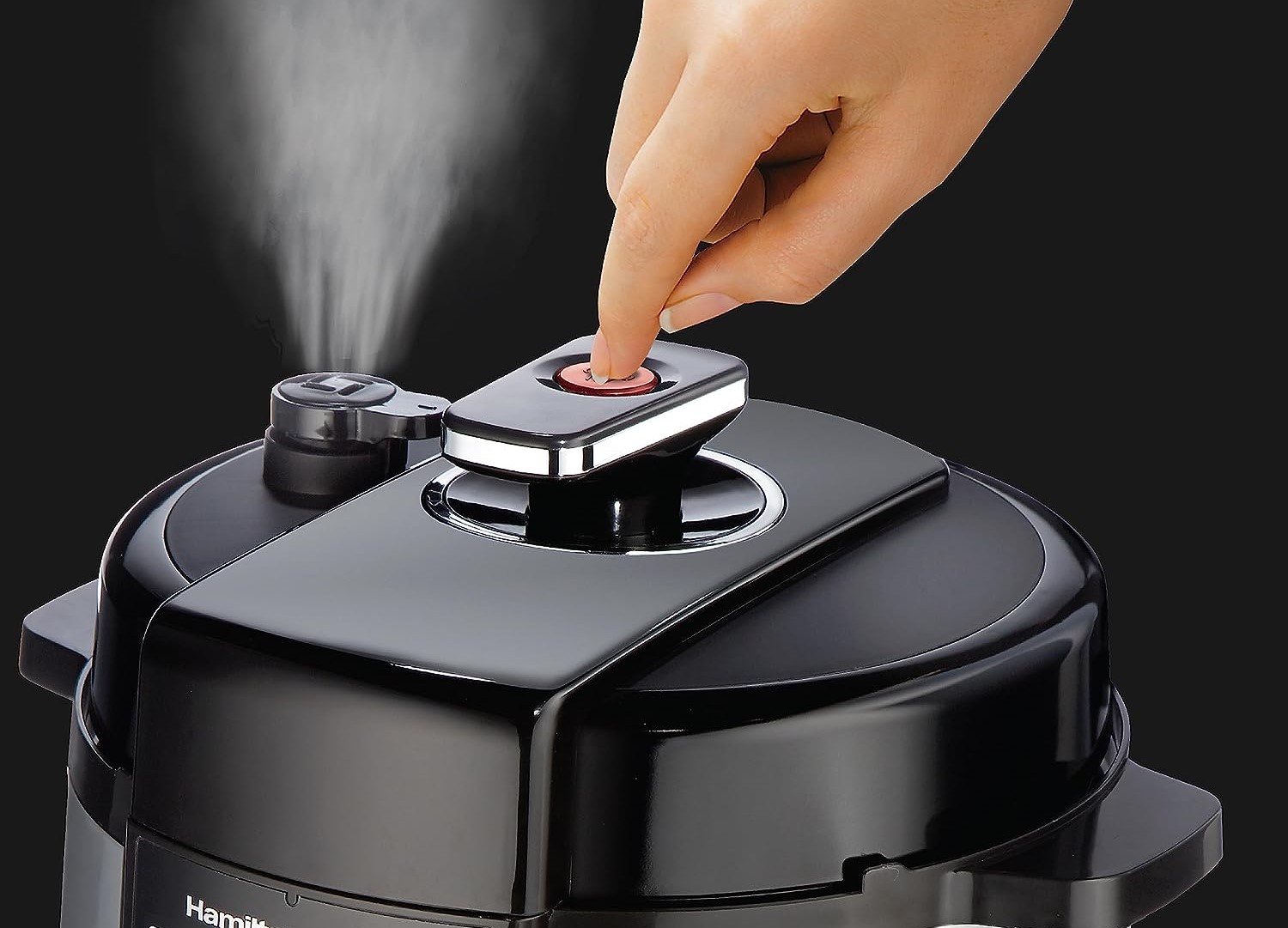

Articles
How Do You Release Pressure From An Electric Pressure Cooker
Modified: January 5, 2024
Learn how to safely release pressure from an electric pressure cooker with these helpful articles. Discover tips and techniques to ensure a stress-free cooking experience.
(Many of the links in this article redirect to a specific reviewed product. Your purchase of these products through affiliate links helps to generate commission for Storables.com, at no extra cost. Learn more)
Introduction
An electric pressure cooker is a versatile kitchen appliance that has gained popularity in recent years due to its ability to cook meals quickly and efficiently. Unlike traditional stovetop pressure cookers, electric pressure cookers are equipped with advanced features and safety mechanisms that make them easy to use and convenient for everyday cooking.
To understand how to release pressure from an electric pressure cooker, it is important to first have a basic understanding of how these appliances work. Electric pressure cookers utilize the power of steam and pressure to cook food under high temperatures, which significantly reduces cooking time compared to traditional methods. As the cooker heats up, steam is trapped inside, which creates pressure inside the cooking pot.
When pressure builds up inside the electric pressure cooker, it is essential to release it properly to avoid accidents and ensure a safe cooking experience. Releasing pressure from an electric pressure cooker can be done through two main methods: the quick release method and the natural release method. Each method has its own advantages and should be used based on the recipe and the type of food being cooked.
By understanding and mastering these methods, you can confidently and safely use your electric pressure cooker to prepare delicious meals in no time. In this article, we will explore both the quick release and natural release methods in detail, while also highlighting common mistakes to avoid during the process. So, let’s dive in and discover how to release pressure from an electric pressure cooker!
Key Takeaways:
- Master the quick release and natural release methods to safely and efficiently release pressure from your electric pressure cooker. Follow the specific steps and safety precautions for each method to achieve perfect cooking results.
- Avoid common mistakes such as overfilling the cooker, ignoring safety instructions, and attempting to force open the lid. By understanding and applying proper pressure release techniques, you can enjoy delicious and perfectly cooked meals with your electric pressure cooker.
Understanding Electric Pressure Cookers
Before we delve into the methods of releasing pressure from an electric pressure cooker, let’s take a moment to understand how these appliances work and why pressure builds up inside them. This knowledge will help you appreciate the importance of releasing pressure properly to ensure safe and efficient cooking.
How Electric Pressure Cookers Work:
Electric pressure cookers consist of a tightly sealed cooking pot with a pressure release valve and an electric heating element. When the cooker is turned on and the temperature rises, the liquid inside the pot begins to boil and generates steam. As the steam builds up, it creates pressure inside the cooking pot, which allows the food to cook at a higher temperature compared to traditional cooking methods.
Why Pressure Builds up in Electric Pressure Cookers:
The pressure builds up in electric pressure cookers due to the sealed environment and the inability of the steam to escape. The sealed lid prevents steam from escaping, thereby trapping it inside the cooker. As the temperature and pressure continue to rise, the food cooks faster and becomes tender.
The Importance of Releasing Pressure Properly:
Releasing pressure properly from an electric pressure cooker is crucial for several reasons:
- Safety: Releasing pressure improperly can lead to accidents, such as steam bursts or explosions. To prevent any mishaps, follow the recommended methods for releasing pressure.
- Food Texture and Flavor: Certain recipes may require releasing pressure quickly to maintain the desired texture and taste of the food. Proper pressure release ensures that your dish turns out as intended.
- Avoiding Overcooking: Releasing pressure promptly prevents overcooking, especially for delicate ingredients like seafood or vegetables. It allows you to control the cooking time and retain the freshness and nutrients of the food.
Now that we have a solid understanding of electric pressure cookers and the significance of releasing pressure properly, let’s move on to explore the two different methods of releasing pressure from an electric pressure cooker: the quick release method and the natural release method.
Methods to Release Pressure from an Electric Pressure Cooker
When it comes to releasing pressure from an electric pressure cooker, there are two primary methods: the quick release method and the natural release method. Both methods have their own advantages and should be used appropriately depending on the recipe and the type of food being cooked. Let’s explore each method in detail:
Quick Release Method:
The quick release method is the fastest way to release pressure from an electric pressure cooker. It involves manually releasing the pressure by turning the pressure release valve to the “venting” position. This allows steam to escape from the cooker, reducing the pressure inside rapidly.
Here are the steps to perform the quick release method:
- Once the cooking time is complete, carefully move the pressure release valve from the “sealing” to the “venting” position.
- Steam will start to release from the valve. Be cautious of the hot steam and keep your hands and face away from the valve to avoid burns.
- Wait until all the steam has escaped, and the pressure indicator drops to indicate that the pressure has been fully released.
- Carefully open the lid of the pressure cooker once it is safe to do so.
The quick release method is ideal for recipes that require a precise cooking time, or when you want to quickly stop the cooking process to prevent overcooking.
Natural Release Method:
The natural release method allows the pressure to decrease naturally over time. This method is recommended for recipes that are more delicate, such as certain types of grains, legumes, or dishes with a high starch content, as it helps prevent them from becoming mushy or overcooked.
Here are the steps to perform the natural release method:
- Once the cooking time is complete, turn off the heat and let the pressure cooker sit undisturbed without taking any immediate action.
- Allow the pressure inside the cooker to decrease gradually as it cools down. This can take anywhere from 10 to 30 minutes or more, depending on the recipe and the amount of pressure built up.
- Once the pressure indicator drops completely, indicating that the pressure has been released, it is safe to open the lid.
The natural release method is beneficial for recipes that require a longer cooking time or when you want to preserve the texture and integrity of delicate ingredients.
Now that we have covered both the quick release and natural release methods, it is important to be aware of common mistakes to avoid when releasing pressure from an electric pressure cooker.
Quick Release Method
The quick release method is a popular way to rapidly release pressure from an electric pressure cooker. It allows you to quickly stop the cooking process and open the cooker once the desired cooking time is complete. Here are the steps to perform the quick release method:
- Ensure that the pressure cooker is placed on a stable and heat-resistant surface before attempting to release the pressure.
- Make sure that the pressure cooker’s lid is securely in place and locked.
- Using a long spoon or kitchen utensil, carefully move the pressure release valve from the “sealing” to the “venting” position. This will allow the steam to escape from the cooker.
- Be cautious of the hot steam and keep your hands and face away from the valve to avoid burns. Consider using oven mitts or a towel to protect your hands.
- As the steam starts to release, you may hear a hissing or a loud noise. This is normal and indicates that the pressure is being released.
- Wait until all the steam has fully escaped from the pressure cooker. This is indicated by the pressure indicator dropping.
- Once the pressure has been completely released, it is safe to open the lid of the pressure cooker. Open it away from you to avoid the hot steam.
While performing the quick release method, it is essential to take certain safety precautions:
- Always read and follow the manufacturer’s instructions for your specific electric pressure cooker model.
- Use a long utensil or spoon to avoid your hands getting too close to the hot steam.
- Keep your face and body away from the pressure release valve to prevent burns from the hot steam.
- Ensure that there is enough open space around the pressure cooker to allow the steam to escape without any obstructions.
- Wait until the pressure indicator drops to indicate that the pressure has been fully released before attempting to open the lid.
By following these steps and safety precautions, you can confidently and safely perform the quick release method to release pressure from your electric pressure cooker.
Next, let’s explore the natural release method and how to perform it.
Natural Release Method
The natural release method is a gentler way to release pressure from an electric pressure cooker. It allows the pressure inside the cooker to decrease gradually on its own without any intervention. This method is typically used for recipes that require longer cooking times or for dishes with delicate ingredients. Here are the steps to perform the natural release method:
- Once the cooking time is complete, turn off the heat and resist the urge to immediately release the pressure.
- Leave the pressure cooker undisturbed and allow it to cool down naturally. This can take anywhere from 10 to 30 minutes or even longer, depending on the recipe and the amount of pressure built up.
- As the pressure cooker cools down, the pressure inside will gradually decrease. You may notice the pressure indicator slowly dropping.
- Once the pressure indicator drops completely, indicating that the pressure has been released, it is safe to open the lid of the pressure cooker.
The natural release method is particularly beneficial for recipes that require a longer cooking time or for dishes with ingredients that are sensitive to rapid pressure release. By allowing the pressure to decrease naturally, you can maintain the texture and integrity of delicate foods, such as grains, legumes, or certain types of meats.
When using the natural release method, there are a few factors to consider:
- Cooking Time: The natural release method is best suited for recipes that require longer cooking times. It allows the food to continue cooking while the pressure decreases.
- Ingredients: Delicate ingredients, such as seafood, vegetables, or grains, benefit from the natural release method as it helps prevent overcooking and maintains their texture.
- Recipe Instructions: Always follow the specific recipe instructions to determine the recommended release method. Some recipes may specify using a combination of quick release and natural release methods.
By understanding and utilizing the natural release method, you can ensure that your dishes are cooked to perfection without compromising their texture or flavor.
Now that we have covered both the quick release and natural release methods, let’s move on to discussing common mistakes to avoid when releasing pressure from an electric pressure cooker.
Common Mistakes to Avoid While Releasing Pressure
Releasing pressure from an electric pressure cooker requires caution and adherence to safety guidelines. Avoiding certain common mistakes will ensure the safety of both you and your appliance. Here are some mistakes to avoid:
Overfilling the Pressure Cooker:
One of the most common mistakes is overfilling the pressure cooker. It’s important to leave enough space for the food to expand and for steam to build up during the cooking process. Overfilling can result in food splattering, clogging the pressure release valve, and potentially causing accidents. Follow the manufacturer’s guidelines for the maximum fill line to prevent overfilling.
Ignoring Safety Instructions:
Ignoring safety instructions can lead to dangerous situations. Always read and understand the manufacturer’s manual before using your electric pressure cooker. Familiarize yourself with the specific safety precautions and guidelines provided. This includes learning how to properly release pressure, using the correct amount of liquid, and avoiding certain types of foods that may not be suitable for pressure cooking.
Trying to Force Open the Lid:
Attempting to force open the lid of an electric pressure cooker before the pressure has been fully released can be extremely dangerous. The high pressure inside the cooker makes it difficult to open the lid until the pressure has been safely released. Always wait until the pressure indicator drops completely before attempting to open the lid. Avoid using tools or excessive force to open the lid, as it can cause damage to the cooker or lead to injuries.
By being mindful of these common mistakes, you can ensure a safe and successful experience when releasing pressure from your electric pressure cooker.
Now that we have covered the common mistakes to avoid, let’s conclude our discussion on releasing pressure from an electric pressure cooker.
After cooking, turn the pressure release valve to “venting” to quickly release pressure. For a slower release, let the pressure naturally release for a few minutes before turning the valve. Always use caution and follow the manufacturer’s instructions.
Conclusion
Releasing pressure from an electric pressure cooker is a crucial step in safely and efficiently cooking meals. Understanding how electric pressure cookers work, why pressure builds up, and the importance of proper pressure release is essential for a successful cooking experience.
In this article, we explored two main methods of releasing pressure from an electric pressure cooker: the quick release method and the natural release method. The quick release method allows for rapid pressure release, while the natural release method allows the pressure to decrease gradually on its own.
When performing the quick release method, it is important to follow the recommended steps and take safety precautions to prevent burns and accidents. Using a long spoon to turn the pressure release valve and ensuring the cooker is on a stable surface are key steps to remember.
The natural release method, on the other hand, is ideal for recipes that require longer cooking times or delicate ingredients. Allowing the pressure to decrease naturally helps retain the texture and integrity of the food.
Additionally, we highlighted common mistakes to avoid while releasing pressure from an electric pressure cooker. Overfilling the cooker, ignoring safety instructions, and attempting to force open the lid are all errors that can compromise safety and the cooking process.
By following the proper methods and avoiding common mistakes, you can confidently and safely release pressure from your electric pressure cooker, allowing you to enjoy delicious and perfectly cooked meals in no time.
Remember to always consult the manufacturer’s instructions for your specific electric pressure cooker model and recipe guidelines for accurate and safe pressure release.
Now that you are equipped with the knowledge and techniques of releasing pressure from an electric pressure cooker, it’s time to put it into practice and explore the endless culinary possibilities that this versatile appliance offers.
Frequently Asked Questions about How Do You Release Pressure From An Electric Pressure Cooker
Was this page helpful?
At Storables.com, we guarantee accurate and reliable information. Our content, validated by Expert Board Contributors, is crafted following stringent Editorial Policies. We're committed to providing you with well-researched, expert-backed insights for all your informational needs.
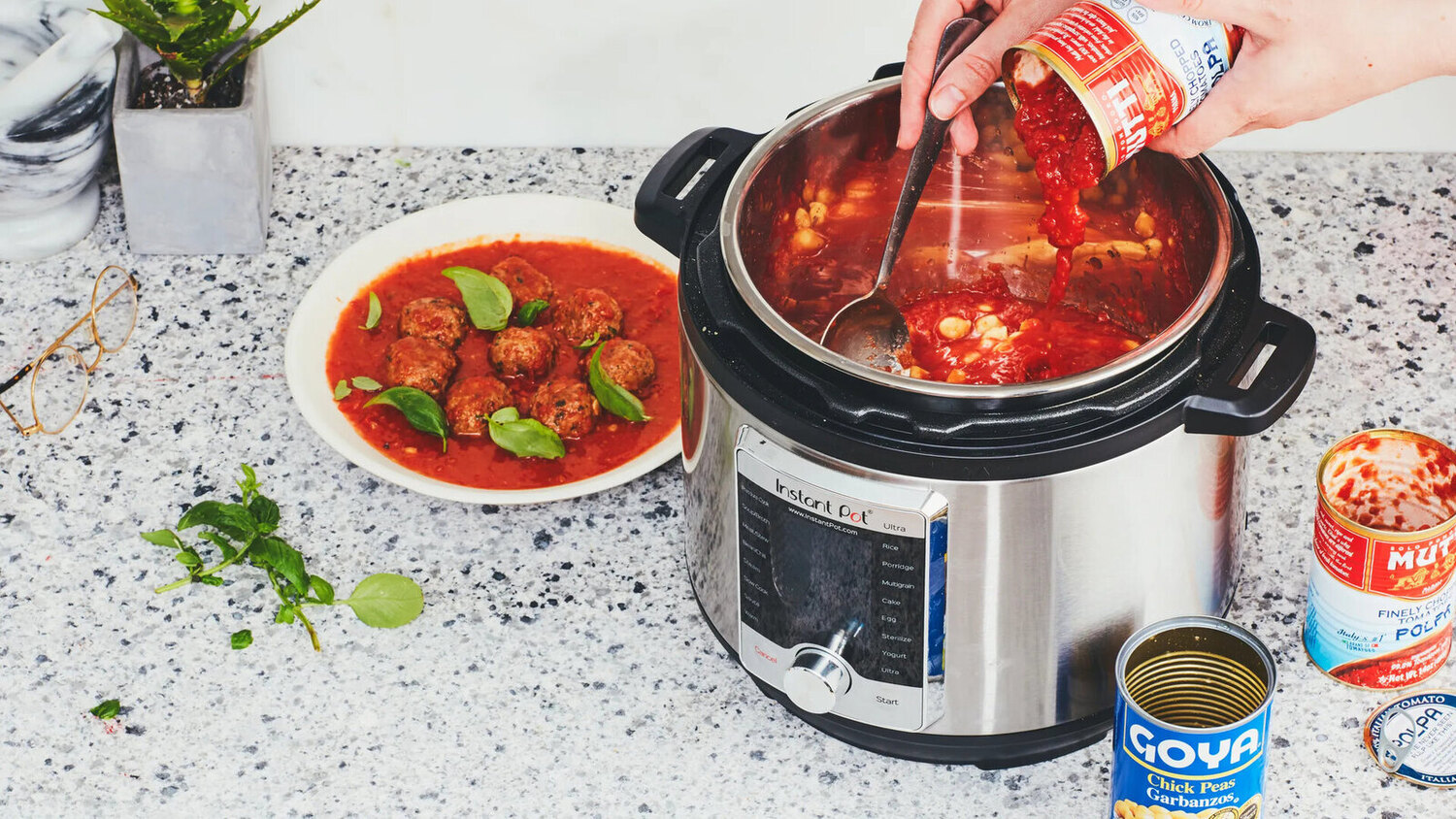
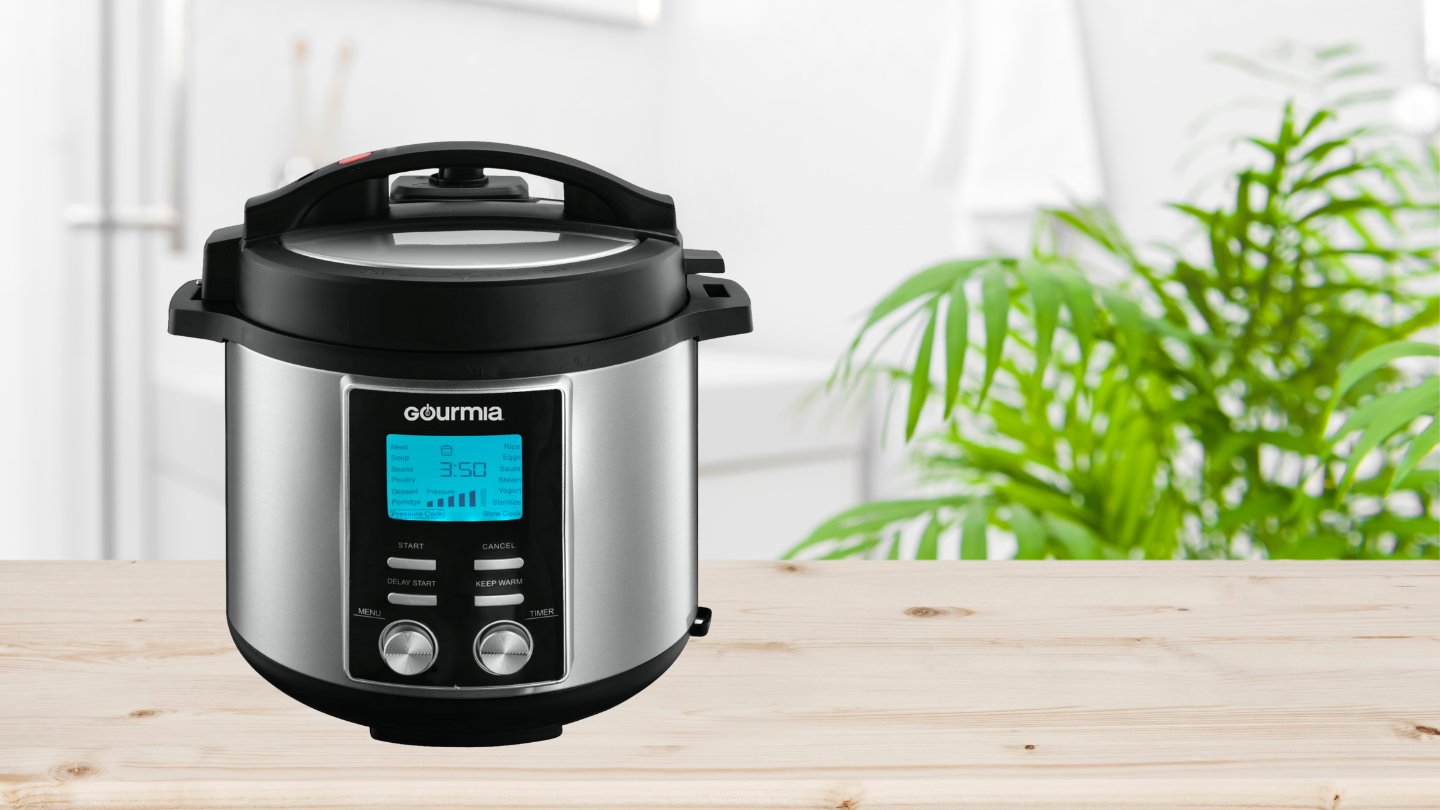
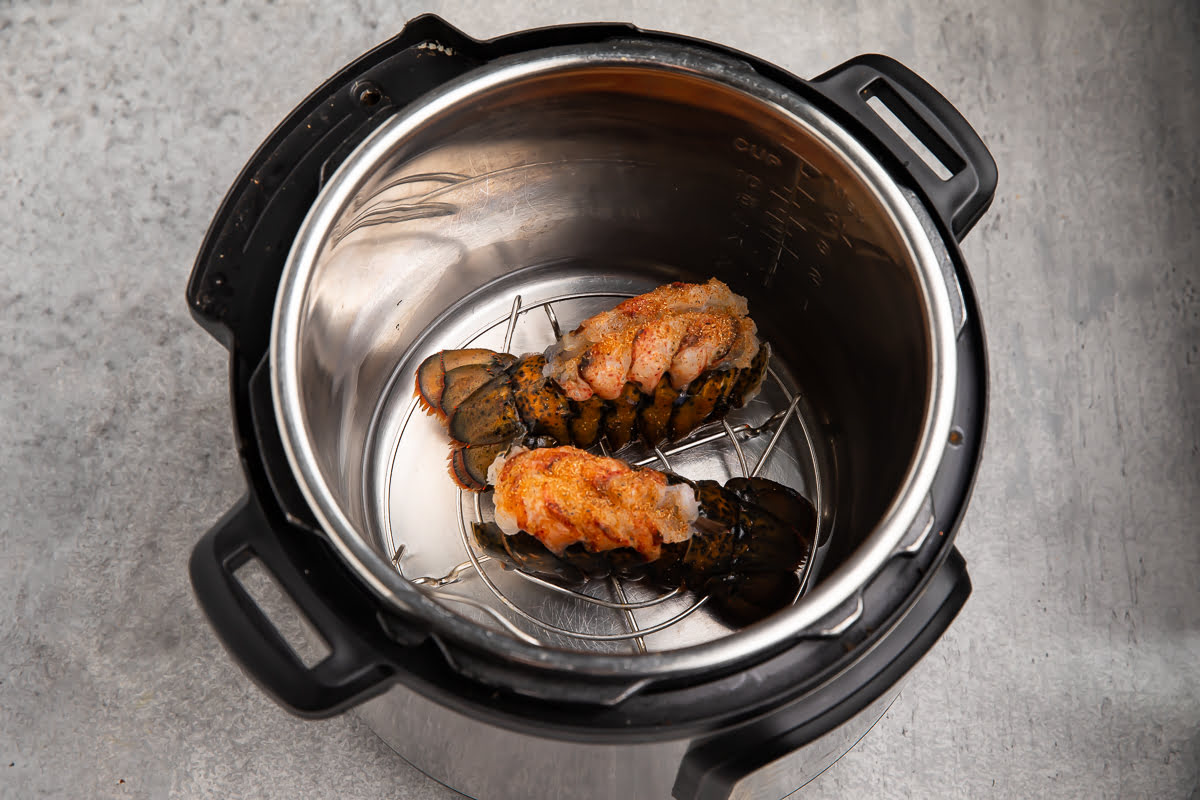
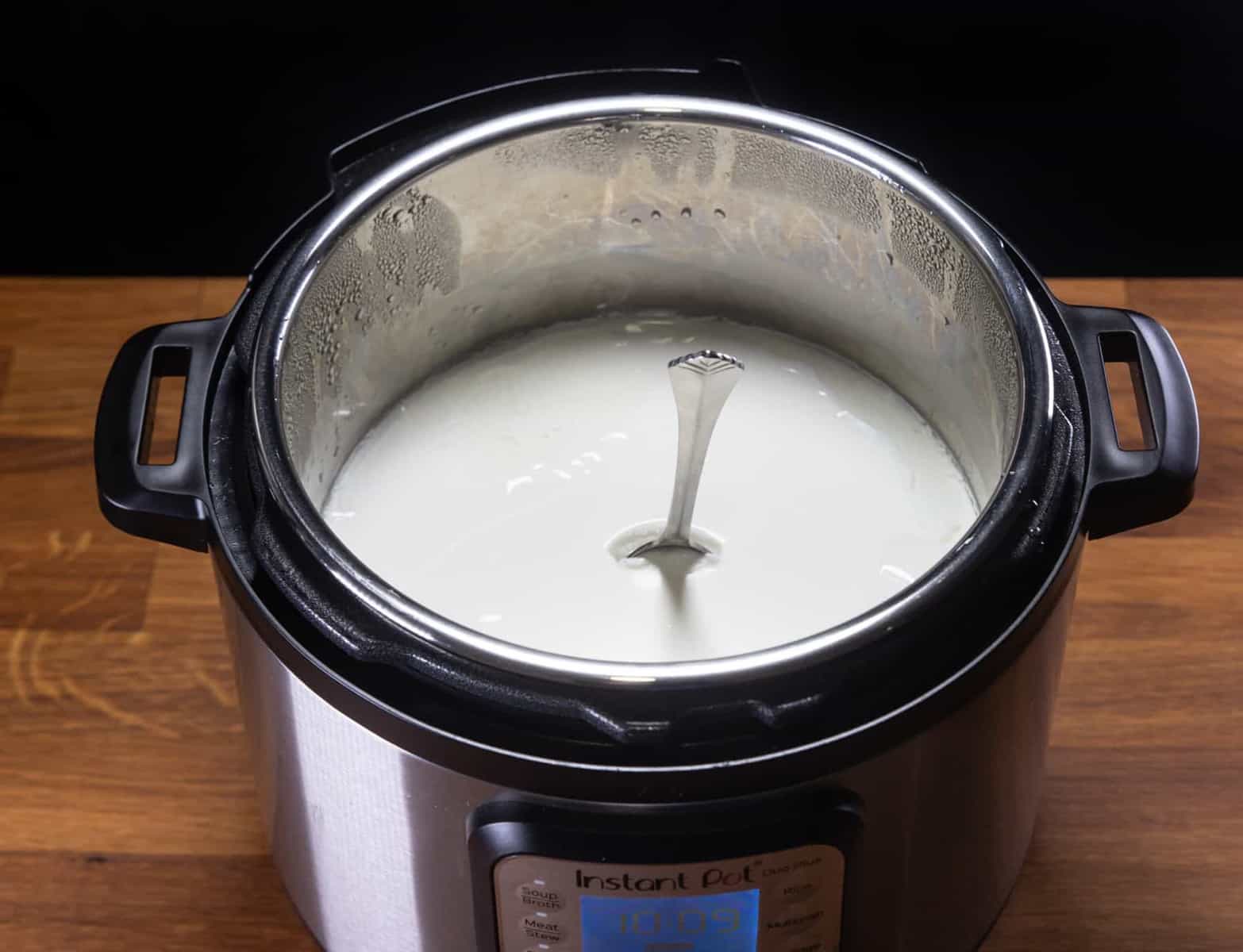
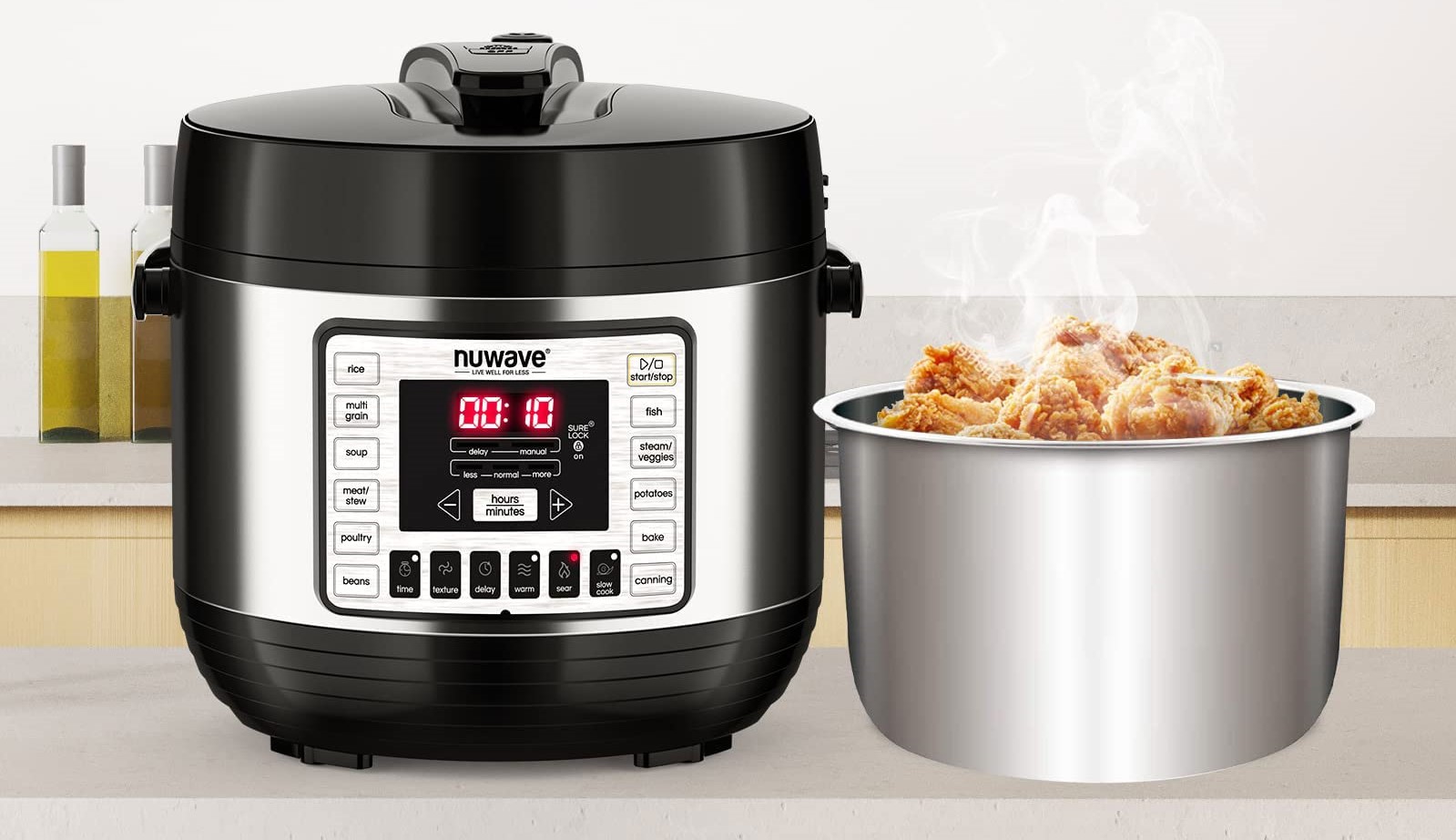
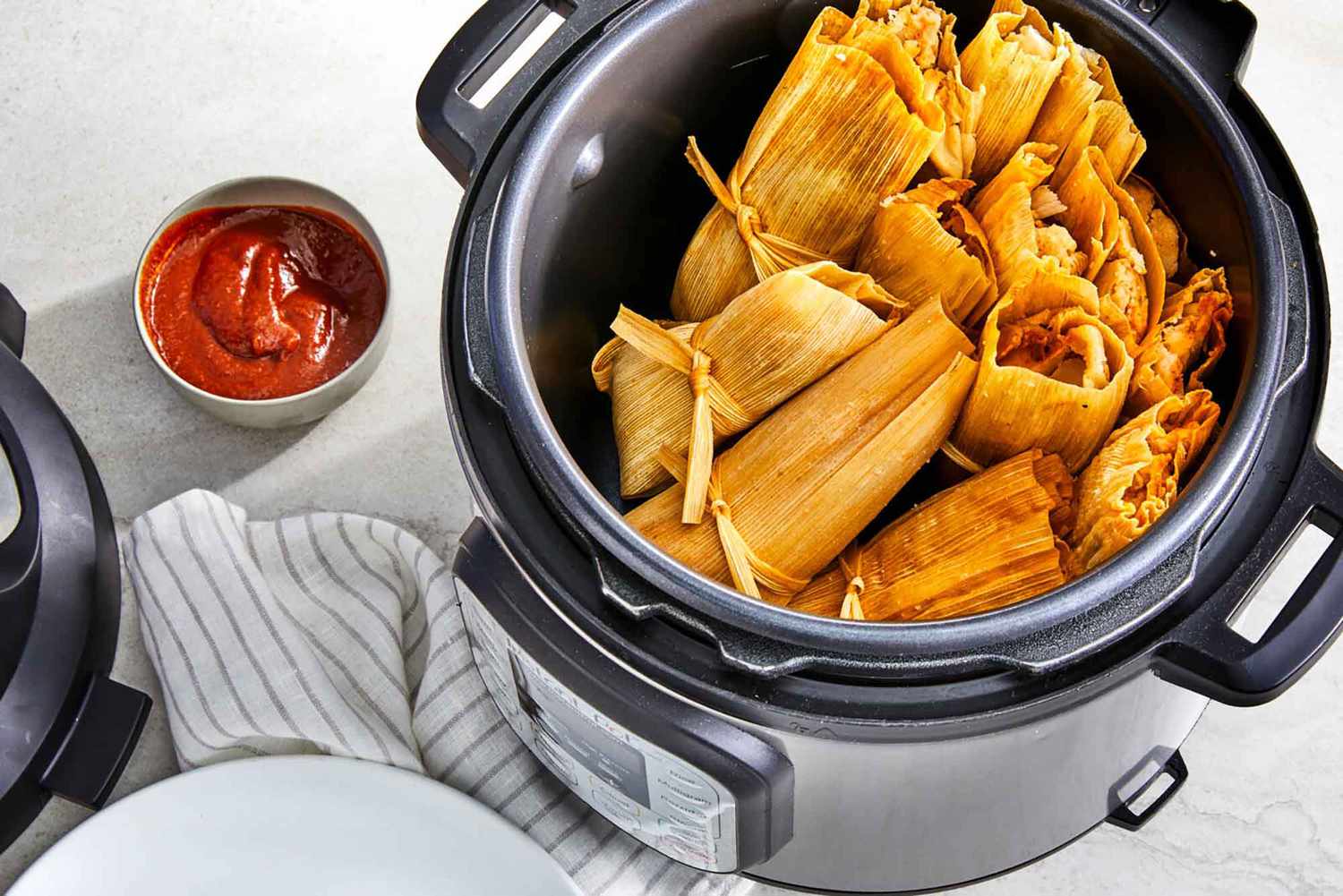
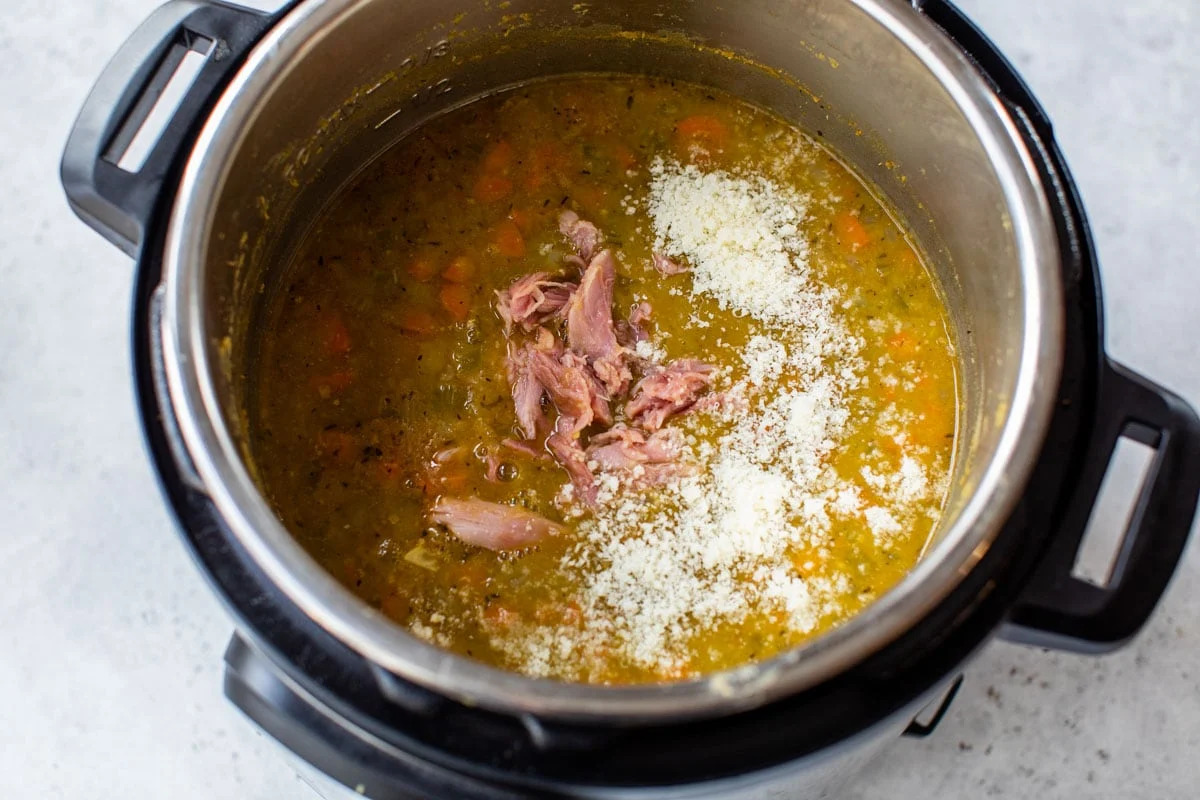
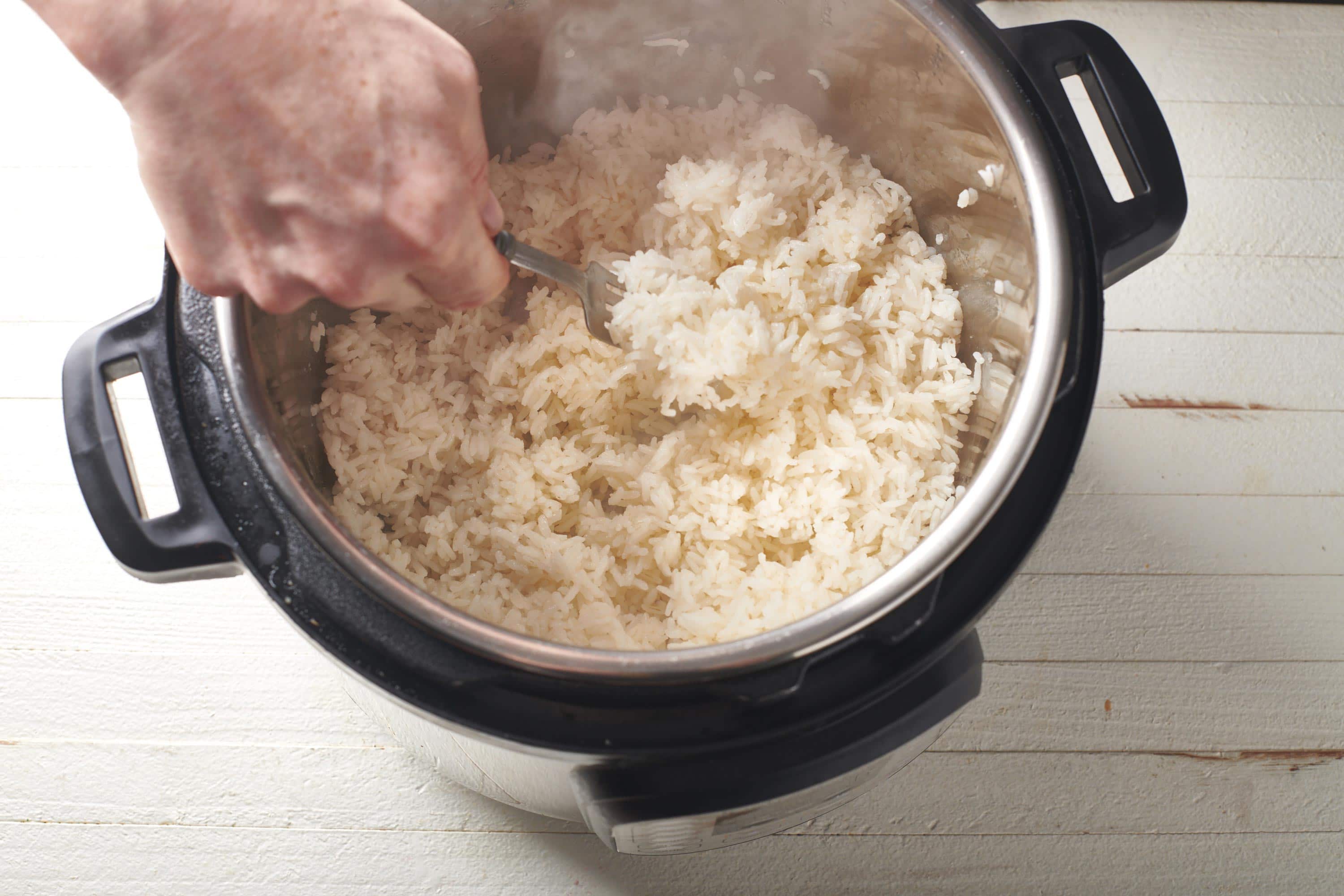
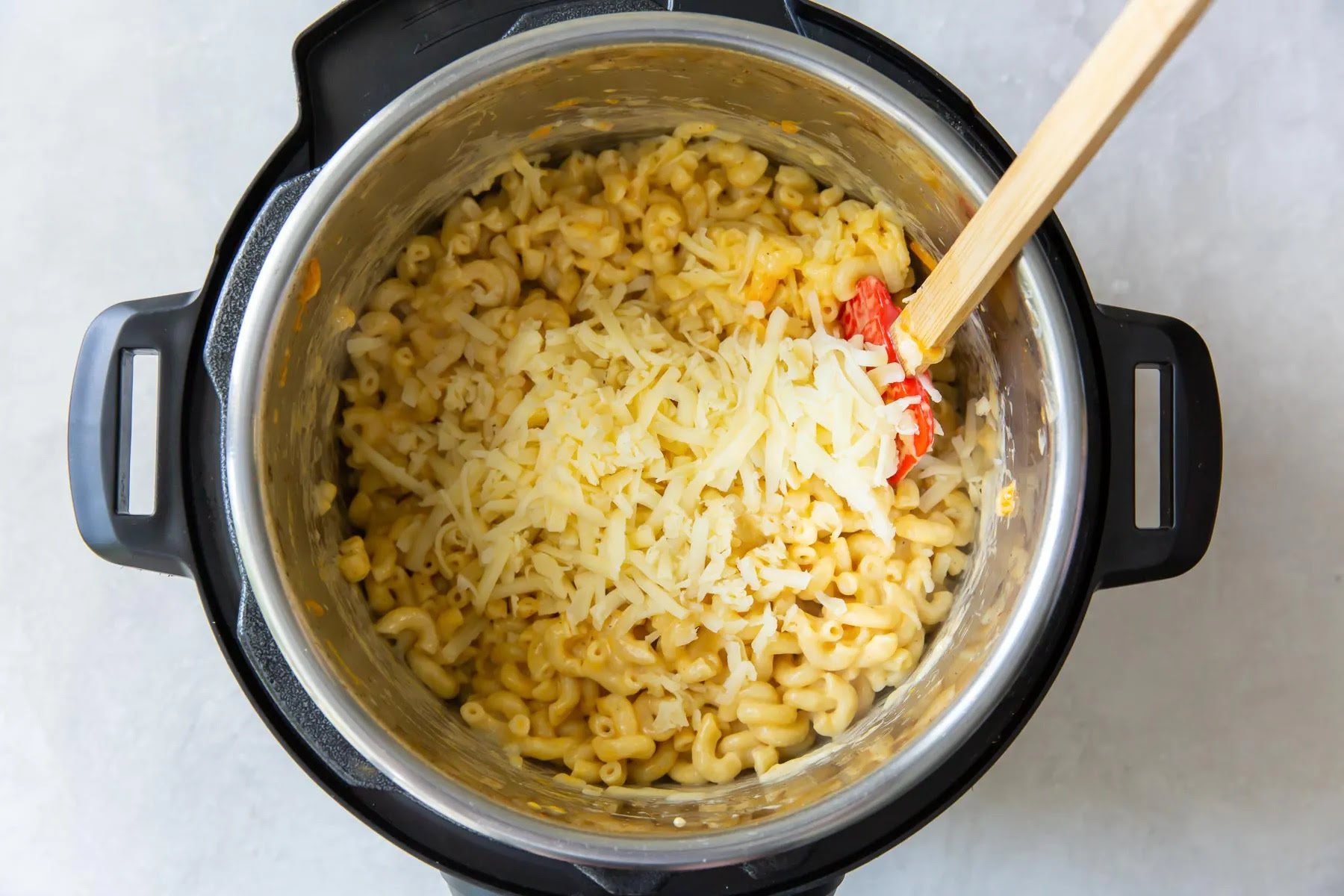
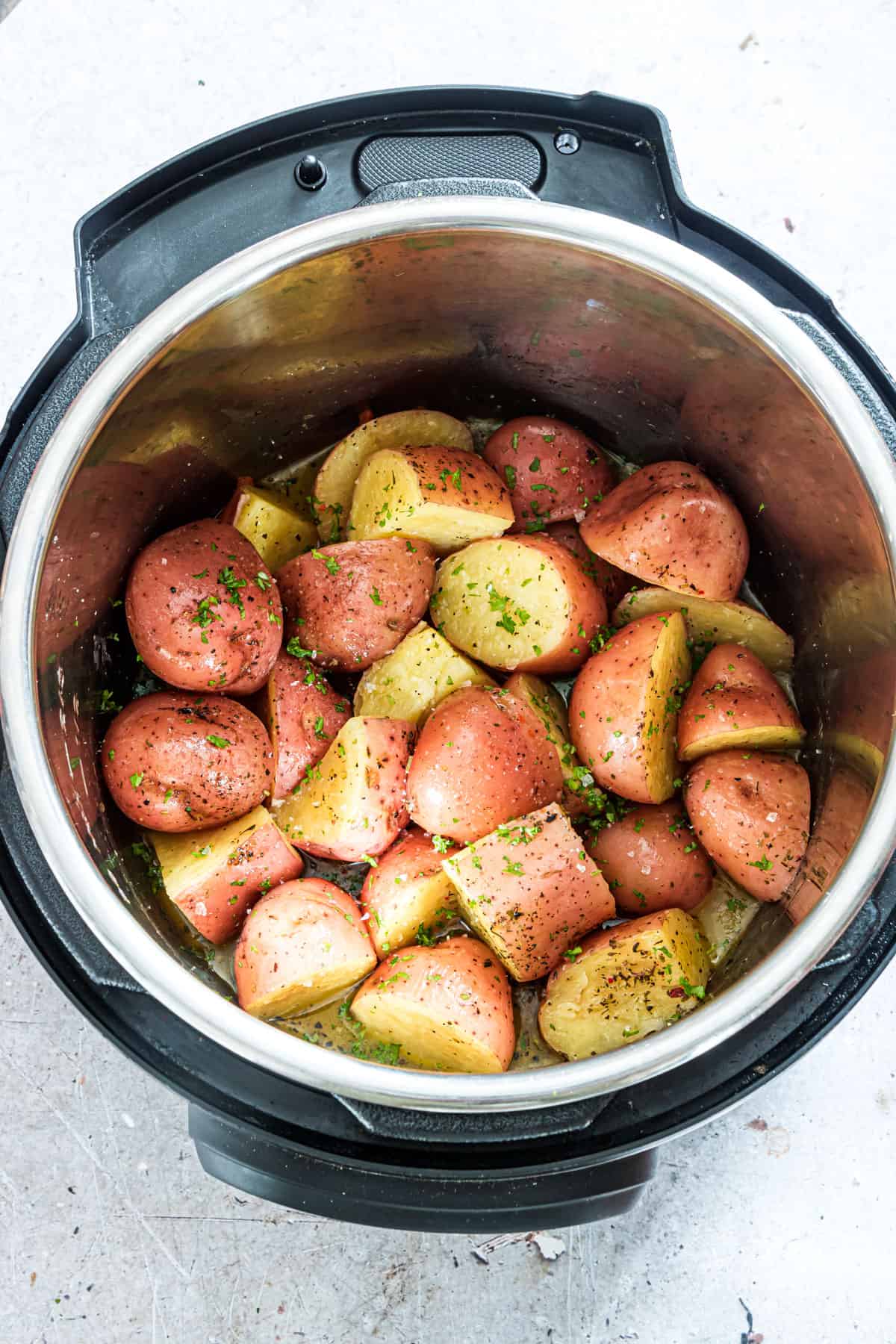
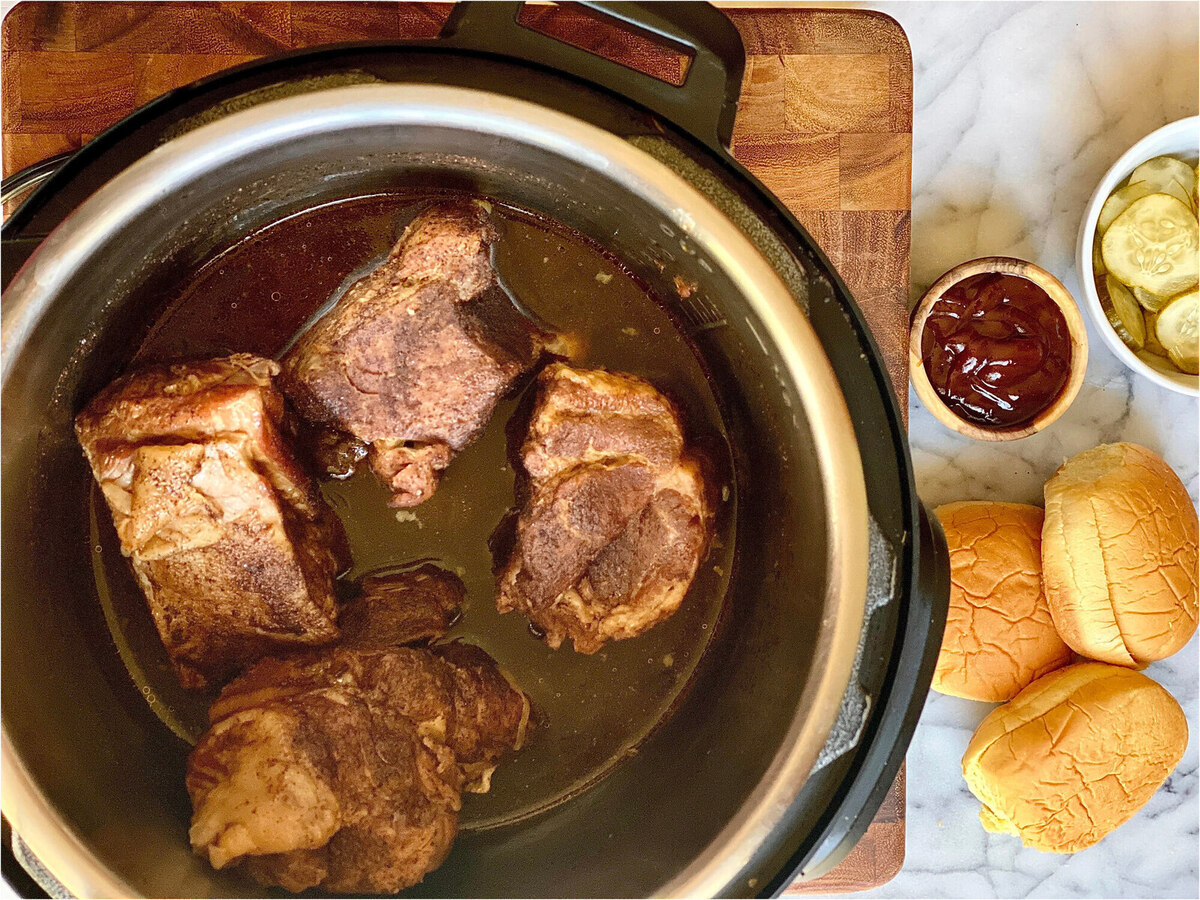
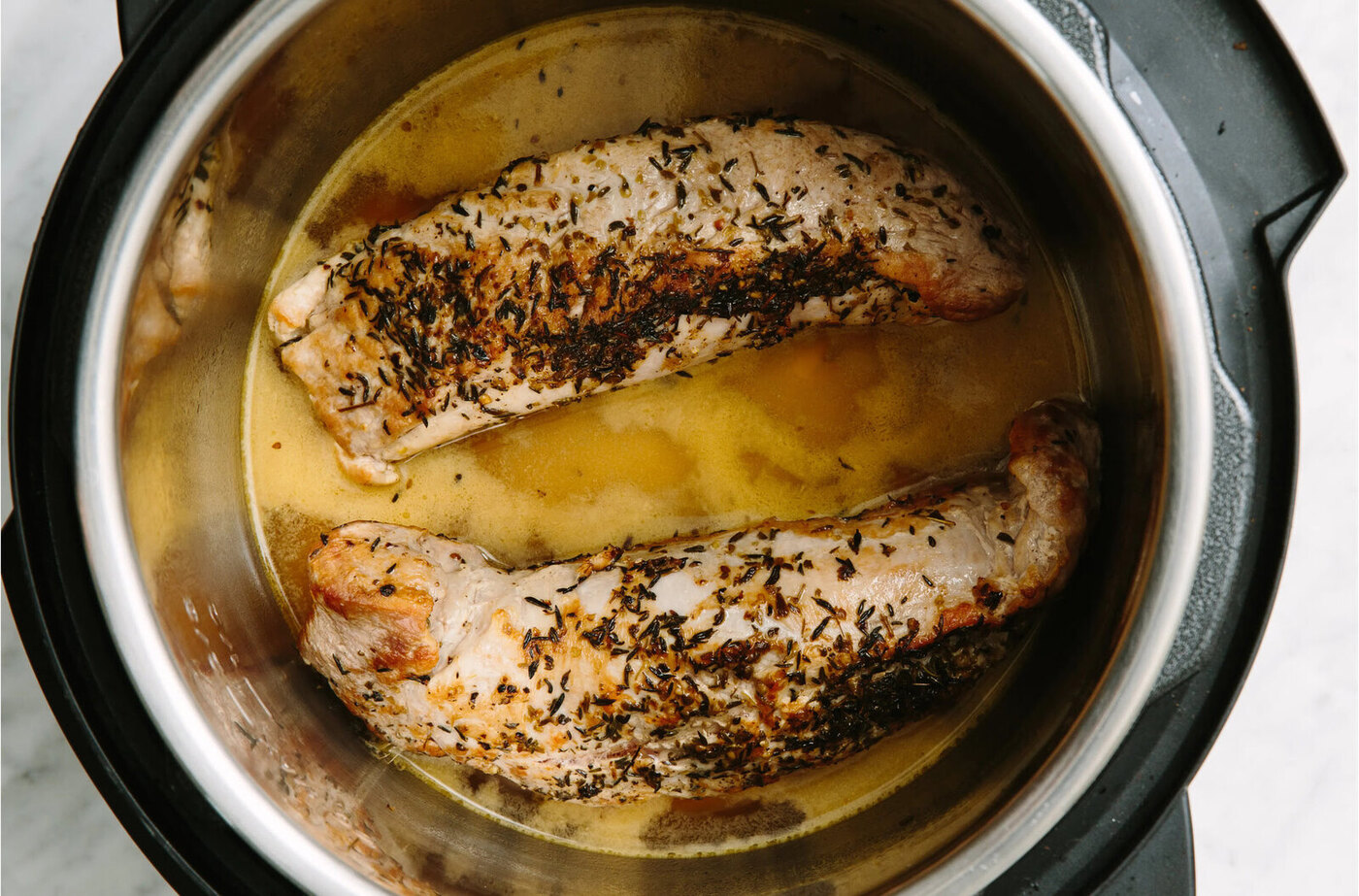
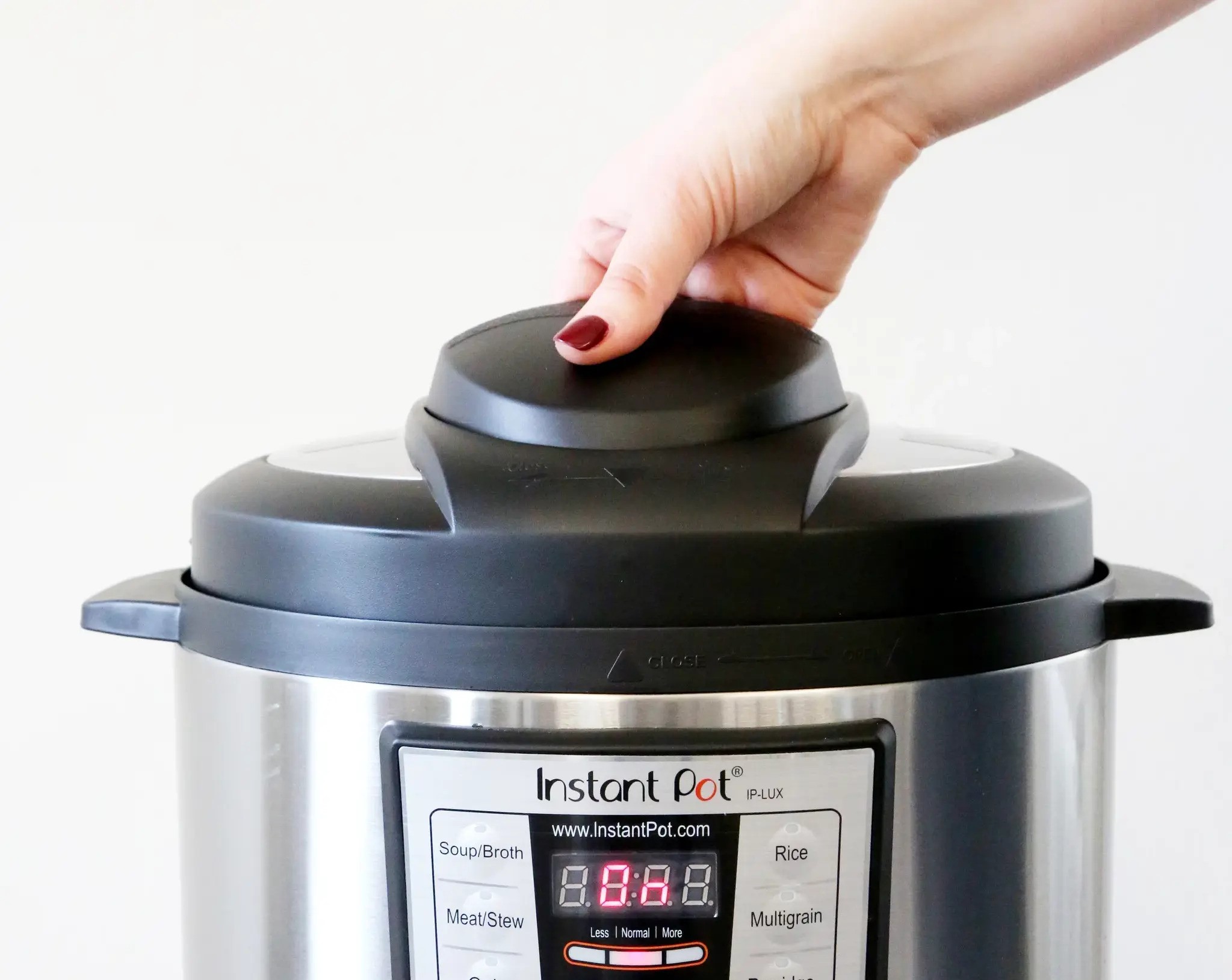

0 thoughts on “How Do You Release Pressure From An Electric Pressure Cooker”